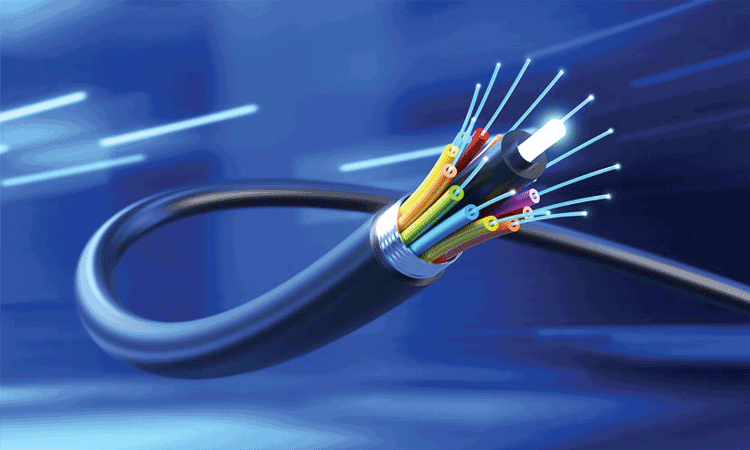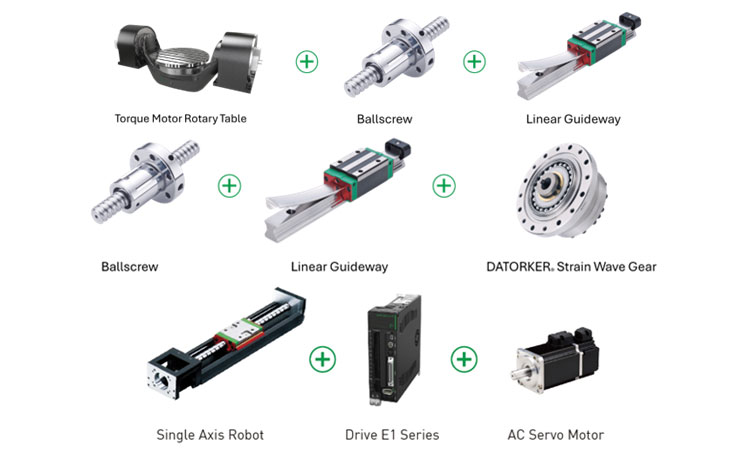Hitachi Strengthening its Analytical Business to Solve Social…

Innovations in CABLES & WIRES – An Overview | ENGINEERING REVIEW | Manufacturing | Industrial Sector Magazine & Portal | Indian Industrial Information | Manufacturing Industry Update | Manufacturing Technology Update
Power and control cables play a crucial role in modern society, serving as the circulatory system for electrical energy and information transmission in various applications. These cables have evolved significantly over the years, driven by advancements in technology, safety requirements, and sustainability concerns. In this article, we will explore some of the recent innovations in power & control cables and wires that have revolutionized industries and improved our daily lives.
Power & Control Cables driving the industrial progress
High-Temperature Superconducting (HTS) Cables:
High-temperature superconducting cables represent a groundbreaking advancement in power transmission. Unlike traditional copper or aluminum conductors, HTS cables can transmit electricity with zero resistance, making them highly efficient and capable of carrying more power over long distances. These cables are being deployed in urban areas where space is limited, as they are smaller and lighter than their conventional counterparts.
Smart Cables:
The integration of sensors and communication technology into power and control cables has given rise to “smart cables.” These cables can monitor their own health and performance, detecting issues like overheating or damage in real-time. This proactive approach to maintenance can prevent costly downtime and enhance the overall reliability of electrical systems.
Fire-Resistant Cables:
Fire safety is a paramount concern in many industries. Innovations in fire-resistant cables have resulted in products that can withstand extreme heat and flames, maintaining their functionality during emergencies. These cables are commonly used in critical infrastructure, such as power plants and transportation systems, to ensure continuous operation even in the presence of fire.
Environmentally Friendly Materials:
Sustainable materials and manufacturing processes are gaining importance in cable production. Innovations in this area include the use of bio-based insulation materials, recyclable components, and reduced chemical emissions during production. These eco-friendly cables not only reduce the environmental footprint but also meet regulatory requirements for greener infrastructure.
High-Voltage Direct Current (HVDC) Cables:
HVDC technology is becoming increasingly popular for long-distance power transmission, especially between regions or countries. HVDC cables are more efficient over long distances and can carry large amounts of power. Recent innovations in HVDC cable design have increased their voltage and power-carrying capacity, enabling the integration of renewable energy sources into the grid.
Fiber-Optic Hybrid Cables:
In modern control systems, information transmission is just as important as power transmission. Fiber-optic hybrid cables combine electrical conductors with optical fibers to transmit both power and data in a single cable. This innovation enhances communication reliability and speed in industries such as telecommunications, industrial automation, and aerospace.
Nanotechnology in Cable Insulation:
Nanotechnology has made its way into cable insulation materials, improving their performance. Nanocomposite insulation materials offer superior thermal and electrical properties, reducing energy losses and improving overall cable efficiency. These materials are particularly beneficial in high-voltage applications.
Customization and 3D Printing:
The advent of 3D printing technology has enabled the customization of cables for specific applications. Manufacturers can create cables with unique shapes, sizes, and properties to meet the exact needs of their customers, promoting efficiency and reducing waste in cable production.
Indeed, innovations in power and control cables continue to drive progress in various industries. These advancements enhance efficiency, safety, and sustainability, making our electrical systems more reliable and environmentally friendly. As technology continues to evolve, we can expect even more exciting developments in the field of power and control cables.
New Developments in Wires: Connecting the Future
Wires, often considered the unsung heroes of our connected world, have seen remarkable advancements in recent years. From improvements in materials and design to revolutionary applications, these developments are shaping the way we transmit power, data, and signals across various industries.
Graphene Wires:
Graphene, a one-atom-thick sheet of carbon atoms, is being hailed as a game-changer in the world of wires. It boasts exceptional electrical conductivity, thermal conductivity, and strength. Researchers are exploring its potential in creating ultra-thin, ultra-light, and highly efficient wires that could revolutionize everything from electronics to energy transmission.
Superconducting Wires:
Superconducting wires, capable of conducting electricity with zero resistance, are becoming more practical and accessible. These wires are finding applications in power transmission and storage, where minimizing energy loss during transmission is crucial. They are also being used in cutting-edge medical devices like MRI machines and in quantum computing.
Carbon Nanotube Wires:
Carbon nanotubes are another promising material for wires. They exhibit excellent electrical conductivity and mechanical strength. Carbon nanotube wires are being explored for use in lightweight, high-performance electrical systems, such as aircraft and spacecraft, where weight and durability are critical factors.
High-Speed Data Transfer Cables:
With the ever-increasing demand for faster data transfer, wires are being developed to handle higher bandwidths. The latest developments in this area include optical fibers with more advanced coatings and improved signal processing techniques. These high-speed data transfer cables are essential for applications like 5G networks, data centers, and high-definition video streaming.
Flexible and Stretchable Wires:
Flexible and stretchable wires are enabling innovations in wearable technology and medical devices. These wires are designed to withstand bending and stretching without losing their conductivity. They are used in applications such as smart clothing, medical sensors, and electronic skin.
Wireless Charging Coils:
While not traditional wires, wireless charging coils are a crucial development in power transmission. They enable the convenient charging of devices without the need for physical connectors. Advances in coil design have increased the efficiency and range of wireless charging systems, making them more practical for a wide range of applications, from smartphones to electric vehicles.
Biodegradable Wires:
Sustainability is a growing concern in wire manufacturing. Biodegradable wires made from eco-friendly materials are emerging as a solution. These wires break down naturally over time, reducing environmental impact. They are used in applications where disposal is a concern, such as temporary electronics and environmental monitoring.
3D-Printed Wires:
3D printing technology is making it possible to create custom-designed wires with complex geometries. This allows for wires that can fit into tight spaces or have unique properties. It’s especially valuable in aerospace and automotive applications where space constraints are common.
Smart Wires:
The integration of sensors and communication technology into wires is making them “smart.” These wires can monitor conditions like temperature, strain, or electrical resistance in real-time, providing valuable data for maintenance and safety.
Conclusion
The world of cables & wires is undergoing a transformative period, driven by material science breakthroughs, increased demand for power and data transfer, and a growing emphasis on sustainability. These developments are not only improving existing technologies but also enabling entirely new applications that were once deemed impossible. As we move forward, cables & wires will continue to play a pivotal role in connecting and powering our ever-evolving world.









